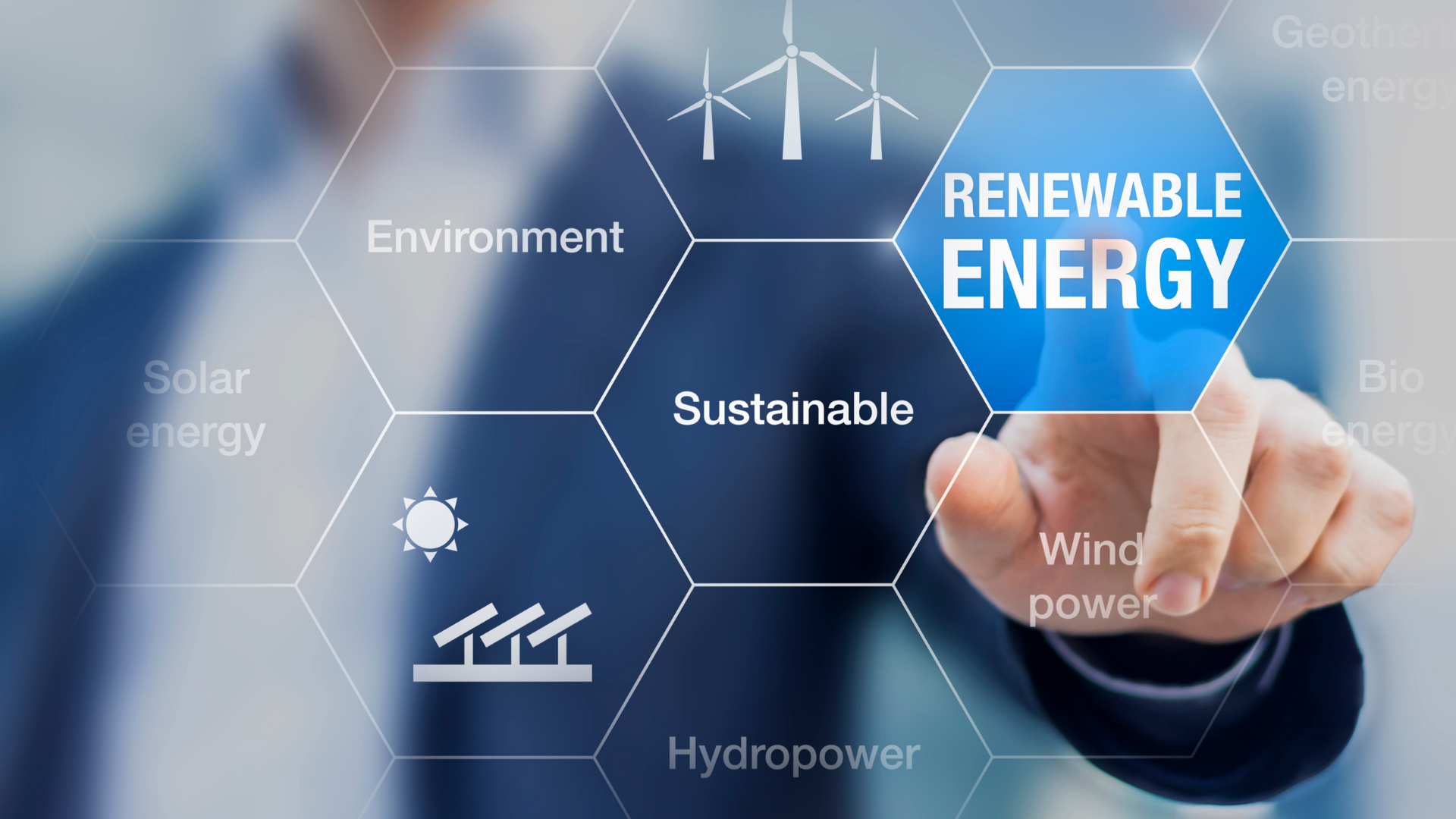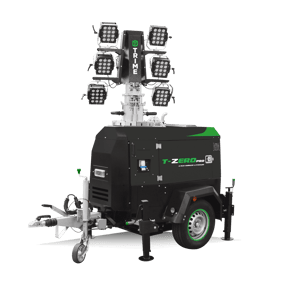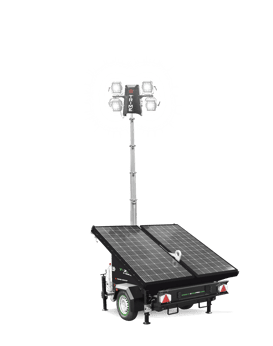
What is the future for Lighting Towers?

Will Diesel Lighting Towers be phased out?
It is difficult to predict the future of diesel lighting towers with certainty. However, it is likely that their use will decline as more sustainable alternatives become available and more businesses and individuals prioritize environmental concerns. The transition to renewable energy sources is already well underway, and the use of diesel-powered lighting towers is likely to be phased out as part of this process. In addition to their environmental impact, diesel lighting towers are also less efficient and cost-effective than other options, which may further accelerate their decline.
It is important to note that the phase-out of diesel lighting towers does not necessarily mean that they will disappear completely. They may continue to be used in certain circumstances where sustainable alternatives are not yet available or feasible. However, it is likely that their use will become increasingly limited over time as more sustainable options become available.
Hybrid a good place to start!
One of the key advantages of hybrid lighting towers is their environmental friendliness. Unlike diesel lighting towers, which rely on the burning of fossil fuels to generate light, hybrid lighting towers use a combination of diesel fuel and renewable energy sources, such as solar or wind power. This allows them to reduce their environmental impact by relying on clean energy sources whenever possible.
Overall, while the decision to use hybrid lighting towers over diesel lighting towers will depend on the specific needs and circumstances of the user, hybrid lighting towers are generally considered to be a more sustainable and cost-effective option. By taking advantage of the strengths of both renewable and fossil fuel energy sources, hybrid lighting towers can provide a reliable and cost-effective lighting solution.
 Solar really?
Solar really?
Over the last decade, solar technology has had a major impact on the lighting tower market. This renewable energy source has become increasingly popular as an alternative to traditional diesel-powered lighting towers, offering a number of benefits that have made it an attractive option for many industries.
One of the key advantages of solar lighting towers is their environmental friendliness. Traditional diesel-powered lighting towers rely on the burning of fossil fuels to generate light, which releases harmful pollutants into the air. In contrast, solar lighting towers are powered by clean energy from the sun, which does not produce any emissions. This not only helps to reduce air pollution, but also contributes to the transition to a clean energy future.
In addition to their environmental benefits, solar lighting towers are also more efficient and cost-effective than their diesel-powered counterparts. They require little to no maintenance and have a longer lifespan, which can save businesses money over time. Furthermore, solar lighting towers can be easily integrated into renewable energy systems, allowing for even greater savings on energy costs.
The increased adoption of solar lighting towers has also led to the development of new and improved technologies. For example, many solar lighting towers now feature advanced control systems that allow users to remotely adjust the intensity and direction of the light. This allows for greater flexibility and control, making solar lighting towers even more effective for a wide range of applications.
Overall, the impact of solar technology on the lighting tower market has been significant. With their environmental and cost-saving benefits, solar lighting towers are an increasingly popular choice for businesses looking to improve their lighting solutions in a sustainable way. As the technology continues to evolve and improve, it is likely that the use of solar lighting towers will only continue to grow in the coming years.
The forward plan?
The future of lighting towers is likely to involve an increasing focus on sustainability and renewable energy sources. As concerns about environmental impact and the need for cost-effective solutions continue to grow, it is likely that more businesses and individuals will turn to sustainable lighting towers as a way to improve their lighting solutions in a responsible and cost-effective way.
The development of new technologies is also likely to play a role in the future of lighting towers. For example, advances in solar lighting towers may make them even more cost-effective, further increasing their popularity. Additionally, the integration of smart technologies into lighting towers may allow for greater control and flexibility, making them even more useful for a wide range of applications.
Overall, the future of lighting towers is likely to involve a continued shift towards sustainability and the use of renewable energy sources. As these technologies continue to evolve and improve, lighting towers will continue to play an important role in illuminating our world in a responsible and cost-effective way.








